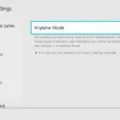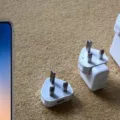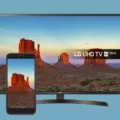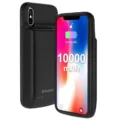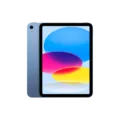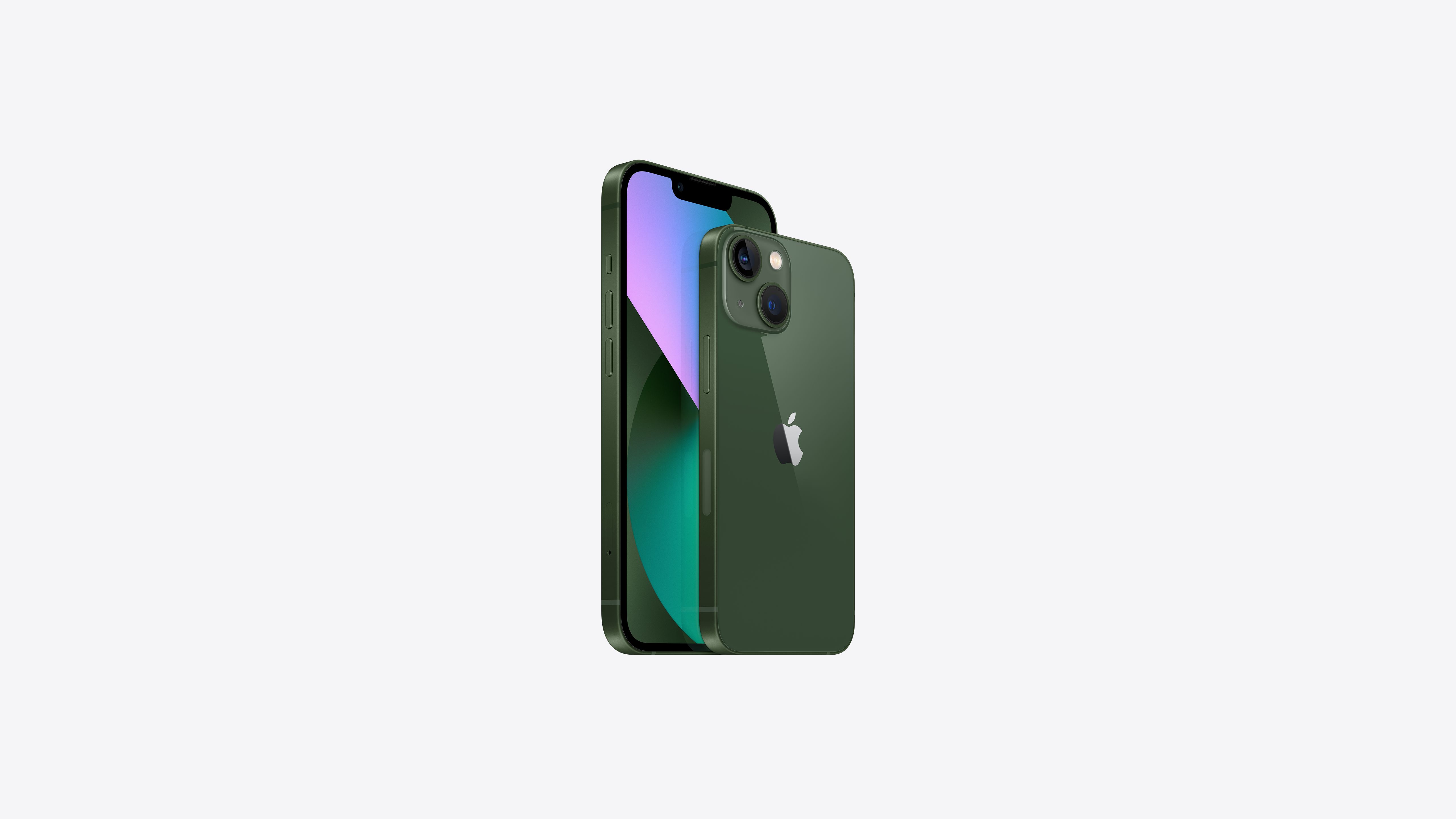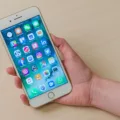The iPhone SE boasts a remarkable camera system that captures stunning photos and videos. With its rear 12 MP camera, this compact device delivers exceptional image quality that rivals its larger counterparts. The single lens camera system, reminiscent of the iPhone 8, ensures that you can capture all your precious moments with clarity and precision.
The main camera on the iPhone SE is equipped with a 12 MP sensor, allowing for high-resolution images that showcase every detail. The pixel size of 1.22µm ensures that each individual pixel captures ample light, resulting in vibrant and sharp photos. The 28mm f/1.8 stabilized lens further enhances image quality by enabling better low-light performance and reducing motion blur.
One notable feature of the iPhone SE’s camera is its ability to record videos in stunning 4K resolution. Whether you’re capturing a breathtaking landscape or documenting a special event, the iPhone SE ensures that your videos are rich in detail and lifelike. You have the flexibility to choose from various frame rates, including 24, 25, 30, or 60 frames per second, allowing you to tailor your videos to your desired look and feel.
In addition to 4K video recording, the iPhone SE also offers the option to shoot 1080p HD video at 30, 25, or 60 frames per second. This versatility allows you to capture videos that suit various purposes, whether it’s for sharing on social media or preserving memories in high definition.
While the iPhone SE excels in many aspects, there is one notable omission – the dedicated Night Mode. This feature, found in newer iPhone models, enhances low-light photography by reducing noise and improving overall image quality. Without Night Mode, the iPhone SE may struggle in capturing sharp and noise-free photos in challenging lighting conditions.
On the front, the iPhone SE features a 7 MP camera that delivers impressive selfie quality. The 32mm f/2.2 lens ensures that you can capture yourself and your surroundings with clarity, while the fixed focus guarantees sharp and well-defined images. Additionally, the screen can be used as a flash, providing adequate lighting for your selfies even in darker environments.
When comparing the iPhone SE to the iPhone 7, there are a few notable differences in camera specifications. While both devices have a 12 MP rear camera, the iPhone 7 boasts a larger display size of 4.7 inches compared to the iPhone SE’s 4 inches. The iPhone 7 also offers a higher resolution of 750 x 1334 px, providing a more detailed and vibrant viewing experience.
Furthermore, the front camera on the iPhone 7 surpasses the iPhone SE with its 7 MP sensor. This higher megapixel count ensures that your selfies are sharper and more detailed. However, it’s worth noting that the overall image quality of the rear cameras on both devices is comparable.
The iPhone SE’s camera system is undoubtedly impressive, delivering exceptional image and video quality. With its 12 MP rear camera and the ability to record 4K videos, this compact device offers a versatile and powerful photography experience. However, the absence of a dedicated Night Mode may hinder its performance in low-light conditions. Nonetheless, the iPhone SE remains a formidable choice for those seeking a capable camera in a pocket-friendly package.
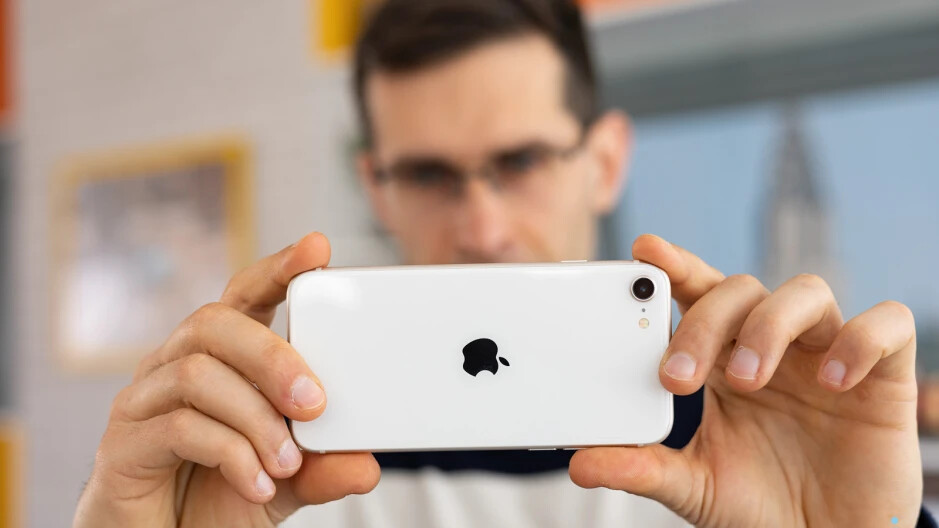
How Many Megapixels is the iPhone SE Camera?
The iPhone SE camera boasts a rear 12-megapixel resolution, providing users with high-quality images and videos. The camera system is equipped with a single lens, similar to the iPhone 8. It allows for capturing stunning visuals and is capable of recording videos in various resolutions. This includes 4K video at different frame rates such as 24, 25, 30, or 60 frames per second. Additionally, it can record 1080p HD video at 30, 25, or 60 frames per second, as well as 720p HD video at 30 frames per second. The camera’s versatility in capturing both photos and videos ensures users have the flexibility to create impressive visual content.
Is iPhone SE Has a Good Camera?
The iPhone SE has a good camera. It features a single 12-megapixel rear camera, similar to the one found in the iPhone 11. The camera performs well in well-lit conditions, capturing sharp and detailed images with accurate colors.
The iPhone SE also benefits from the computational photography capabilities present in other iPhones, allowing for features like Portrait Mode, which enables you to capture photos with a depth-of-field effect, blurring the background and highlighting the subject. This feature works well and produces pleasing results.
In terms of video recording, the iPhone SE can shoot 4K videos at up to 60 frames per second, providing high-quality video footage. It also supports cinematic video stabilization, which helps in reducing shakiness while recording videos.
However, it’s worth noting that the iPhone SE lacks some features found in more advanced iPhone models. For instance, it does not have a dedicated Night Mode, which can result in lower-quality low-light photos compared to other iPhones with this feature. Additionally, the absence of an ultra-wide lens limits the versatility of the camera.
While the camera on the iPhone SE is good and capable of capturing high-quality photos and videos in most situations, it may not offer the same level of versatility and advanced features as some of the higher-end iPhone models.
What is the Photo Resolution On iPhone SE?
The photo resolution on the iPhone SE is determined by the specifications of its rear and front cameras. The rear camera boasts a 12MP sensor, which means it captures photos with a resolution of 12 million pixels. The individual pixels on this sensor measure 1.22µm, indicating their size. This larger pixel size allows for better light sensitivity and improved image quality.
The lens on the rear camera has a focal length of 28mm, denoted by the “mm” unit. A lower focal length value indicates a wider field of view, which is ideal for capturing more in the frame. The lens also has a wide aperture of f/1.8, which refers to the size of the lens opening. A wider aperture allows more light to enter the camera, resulting in brighter photos and better low-light performance.
The rear camera on the iPhone SE is equipped with optical image stabilization (OIS), which helps reduce camera shake and blur in photos. This feature is particularly useful when taking handheld shots or in situations where there is slight movement.
The rear camera also supports phase detection autofocus (PDAF), which helps the camera quickly and accurately focus on the subject. This is especially beneficial when capturing fast-moving objects or taking photos in challenging lighting conditions.
In terms of video capabilities, the rear camera can record videos in 4K resolution at 60 frames per second (fps). This high resolution and frame rate allow for incredibly detailed and smooth videos.
Moving on to the front camera, it features a 7MP sensor, resulting in photos with a resolution of 7 million pixels. The front camera lens has a focal length of 32mm, providing a narrower field of view compared to the rear camera. The aperture of the front camera lens is f/2.2, allowing for decent low-light performance.
One unique feature of the front camera is the ability to use the screen as a flash. When taking selfies or using the front camera in low-light conditions, the screen can emit a burst of bright light to illuminate the subject.
It’s worth noting that the focus on the front camera is fixed, meaning it does not have the ability to adjust focus automatically or manually. However, for most selfie and front camera usage scenarios, a fixed focus lens is sufficient.
The iPhone SE offers a rear camera with a 12MP sensor, 1.22µm pixel size, 28mm f/1.8 lens, optical image stabilization, and phase detection autofocus. It can record 4K videos at 60fps. The front camera has a 7MP sensor, 32mm f/2.2 lens, and utilizes the screen as a flash.
Is iPhone SE Camera Better Than 7?
The camera on the iPhone 7 is not necessarily better than the iPhone SE. Both devices have a rear camera with a resolution of 12 MP, which means they can capture high-quality photos with good detail and clarity.
However, there are some differences between the two cameras. The iPhone 7 has some additional features and improvements over the SE. These include optical image stabilization, which helps reduce blur caused by shaky hands or movement, and a wider aperture of f/1.8, allowing more light to enter the camera sensor and resulting in better low-light performance.
On the other hand, the iPhone SE does not have optical image stabilization and has a slightly smaller aperture of f/2.2. This means that it may not perform as well in low-light conditions compared to the iPhone 7.
It’s also worth noting that the iPhone 7 has a better front camera compared to the iPhone SE. The iPhone 7 has a 7 MP front camera, while the iPhone SE has a 1 MP front camera. This means that selfies taken with the iPhone 7 will generally have better detail and clarity compared to the iPhone SE.
While the rear cameras on both the iPhone SE and iPhone 7 have the same resolution, the iPhone 7 has some additional features and improvements that may result in slightly better overall camera performance, especially in low-light conditions. Additionally, the iPhone 7 has a better front camera for taking selfies.
Conclusion
To conclude, the iPhone SE boasts a rear camera with 12 megapixels, providing users with the ability to capture high-quality photos and videos. With its single lens system, it is similar to the iPhone 8 in terms of camera capabilities. It is capable of recording 4K videos at various frame rates, including the smooth 60fps option. Additionally, it can shoot 1080p and 720p HD videos at different frame rates as well.
In terms of image quality, the iPhone SE (2022) performs admirably, delivering results similar to the iPhone 11. Its improved HDR and photographic styles enhance the overall photography experience. However, it does lack a dedicated Night Mode, which can lead to less optimal low-light photos that may appear blurry.
The rear camera of the iPhone SE features a 12MP sensor with 1.22µm pixels, accompanied by a 28mm f/1.8 stabilized lens. This combination enables users to capture sharp and vibrant images. Moreover, the camera supports PDAF (Phase Detection Autofocus) for faster and more accurate focusing. The ability to shoot 4K videos at 60fps further adds to the versatility of this camera.
On the front, the iPhone SE utilizes a 7MP sensor for selfies and video calls. Although the focus is fixed, it compensates for this limitation by allowing the screen to act as a flash, ensuring well-lit self-portraits even in low-light conditions.
It is important to note that while the iPhone SE offers impressive camera capabilities, there are some differences when compared to other models. For instance, the iPhone 7 has a larger display and higher resolution. Additionally, the front camera on the iPhone 7 has a higher megapixel count, resulting in potentially better selfie quality.
The 12MP rear camera on the iPhone SE is a solid performer, delivering excellent image and video quality. While lacking a dedicated Night Mode, it still produces satisfactory results in various lighting conditions. Whether capturing stunning landscapes or memorable moments with friends and family, the iPhone SE’s camera is a reliable companion for photography enthusiasts.

